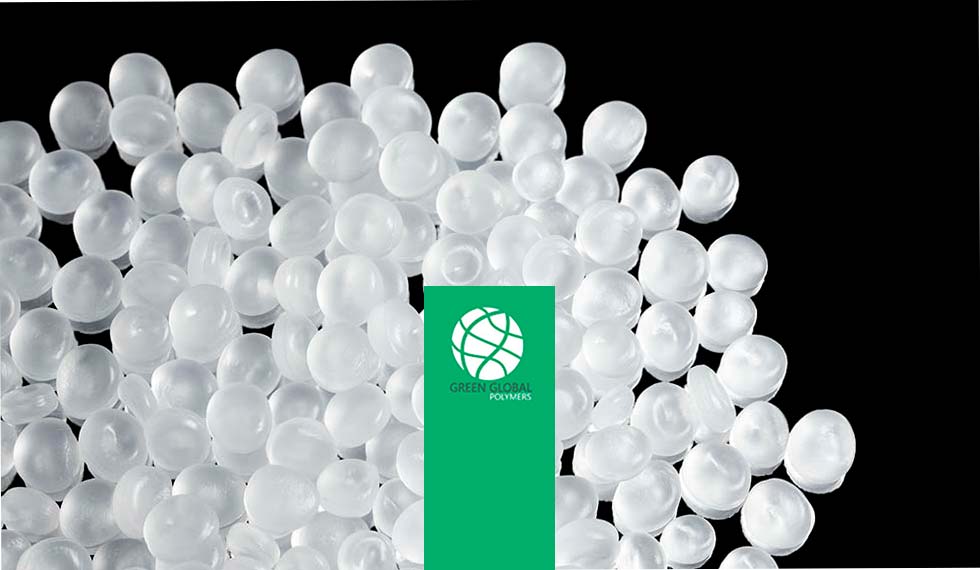
Hablar de granzas de plástico hoy no es simplemente hablar de un subproducto del reciclaje. Es hablar de una solución industrial, económica y ambiental al problema global de los residuos plásticos. En Green Global Polymers, llevamos más de 30 años inmersos en el mundo del reciclaje y recuperación de plásticos, y hemos visto de primera mano cómo este pequeño grano ha transformado la forma en la que concebimos la reutilización del plástico.
Las granzas recicladas están en el centro de un cambio profundo: permiten a las industrias sustituir materias primas vírgenes por materiales reciclados de alta calidad, disminuyen el impacto medioambiental y abren paso a un modelo de economía circular que no compromete el rendimiento ni la estética del producto final.
Entonces, ¿cuándo usar granzas de plástico? Esa es la gran pregunta que abordaremos en este artículo, profundizando en sus usos industriales, en sus beneficios, en los tipos de plásticos que las generan y en cómo, desde nuestra experiencia como Green Global Polymers, se han convertido en un recurso indispensable para miles de empresas comprometidas con la sostenibilidad.
Qué son las granzas de plástico y cómo se obtienen
Las granzas de plástico son pequeños pellets o esferas plásticas que resultan del procesamiento de residuos plásticos reciclados. Estas partículas, de tamaño uniforme, son el formato ideal para su transporte, almacenamiento y reutilización industrial. Pero para entender su importancia, es clave conocer cómo se obtienen.
En Green Global Polymers, llevamos décadas perfeccionando un proceso que comienza desde el momento en que el plástico llega a nuestras instalaciones, ubicado en Ribarroja del Túria, Valencia. Primero, ese plástico es clasificado cuidadosamente por tipo de polímero (como PP, PEHD, PELD, PET, PVC o PS), luego pasa por una línea de lavado industrial donde se elimina toda impureza, y más tarde por una fase de triturado que lo convierte en partículas más manejables.
A partir de aquí, ese plástico triturado puede ser secado, fundido y extrusionado para formar las granzas. El resultado es un producto homogéneo, limpio y completamente reutilizable, que puede entrar de nuevo en los procesos industriales con la misma eficiencia que un plástico virgen.
Lo más importante de este proceso es que no se pierde la calidad del material: seguimos obteniendo un recurso resistente, moldeable, con excelentes propiedades técnicas, pero con un impacto ambiental mucho menor.
Aplicaciones principales de las granzas en la industria
Las granzas de plástico recicladas tienen una versatilidad impresionante. Su forma, tamaño y características físicas las hacen ideales para todo tipo de industrias que trabajan con inyección, extrusión o soplado de plástico. Pero ¿cuáles son los sectores que más las demandan?
Uno de los principales es el de la fabricación de envases y embalajes. Las empresas que producen botellas, recipientes o films plásticos encuentran en la granza una opción viable para mantener sus estándares sin depender de materiales vírgenes. En el caso del PET reciclado, por ejemplo, se emplea comúnmente en botellas para bebidas o bandejas para alimentos.
En la industria del automóvil, cada vez más fabricantes apuestan por piezas internas de vehículos fabricadas a partir de PP reciclado en forma de granza. No solo reduce costos, sino que mejora la huella ecológica del producto final.
Otros sectores que usan granzas recicladas son:
- Construcción: tubos de PVC, perfiles, láminas aislantes.
- Agricultura: sistemas de riego, lonas, macetas.
- Electrodomésticos y electrónica: carcasas, componentes estructurales.
- Juguetes y menaje del hogar: moldes, utensilios, cajas.
Las granzas permiten la fabricación de productos resistentes, duraderos y completamente funcionales, con una enorme ventaja: su origen sostenible.
Cuándo usar granzas de plástico en vez de material virgen
Esta es la pregunta clave: ¿cuándo es mejor usar granzas de plástico recicladas? La respuesta no es única, pero sí bastante clara cuando entramos en el terreno práctico de la industria.
Desde nuestra experiencia en Green Global Polymers, sabemos que hay al menos tres situaciones en las que usar granza reciclada es la opción más inteligente:
- Cuando se busca una solución más económica sin comprometer la calidad. La granza reciclada suele tener un coste inferior al material virgen, lo que la hace ideal para empresas que necesitan optimizar su producción.
- Cuando el producto final no requiere contacto directo con alimentos o alta transparencia. En muchos procesos donde el acabado o la función no demandan la pureza extrema del plástico virgen, las granzas recicladas cumplen de sobra con los requisitos.
- Cuando la empresa tiene objetivos de sostenibilidad. Hoy en día, muchas compañías están comprometidas con políticas de reducción de emisiones y responsabilidad ambiental. El uso de granzas recicladas es una forma directa de reducir la huella de carbono.
También se da el caso de industrias que ya han adaptado completamente sus líneas de producción para trabajar con granza de PVC, PET o polietileno, logrando incluso un mejor rendimiento gracias a su comportamiento técnico predecible.
Ventajas de utilizar granzas recicladas en procesos industriales
Las granzas de plástico reciclado no son solo una alternativa; en muchos casos, son una mejora. A continuación, enumeramos algunas de las ventajas más destacadas que hemos comprobado a lo largo de más de tres décadas en el sector:
- Reducción de costes: los procesos de obtención de granzas permiten ofrecer precios competitivos frente al material virgen.
- Compatibilidad técnica: las granzas se funden, moldean e inyectan con las mismas condiciones que un material nuevo.
- Regularidad en el suministro: en plantas como la nuestra, garantizamos una homogeneidad en tamaño y pureza del producto.
- Menor impacto ambiental: se ahorra energía, agua y emisiones al evitar extraer y transformar recursos naturales.
- Cumplimiento normativo: muchos clientes buscan cumplir con estándares ISO, certificados de sostenibilidad o sellos ecológicos, algo que el uso de granza facilita enormemente.
Pero quizá la ventaja más significativa es la aportación al ciclo de vida del plástico: usar granzas no es solo reciclar, es cerrar el ciclo, es darle al plástico una segunda, tercera o cuarta vida útil.



